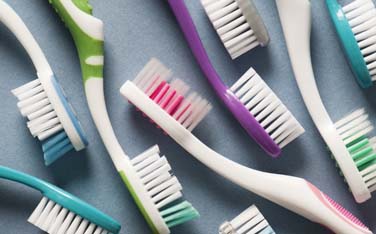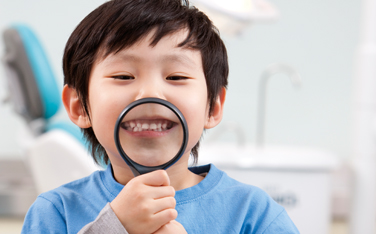"Should I wet my toothbrush before I brush?"
Readers ask, we answer: When should I wet my toothbrush?
Olive asks:
Hi, Olive. Not necessarily.
This question sparked an intense debate online. You might’ve noticed the consensus focused on only two toothbrush-wetting approaches, but there are actually three: wet the brush before, wet the brush after or don’t wet the brush at all (radical, we know).
The thing is, each style has valid benefits:
• Wetting before softens toothbrush bristles and rinses off debris.
• Wetting after ensures the toothpaste melts into your toothbrush so it doesn’t roll off.
• Not wetting your toothbrush means there aren’t extra steps between applying toothpaste and brushing.
But there is no overwhelming advantage to any of these approaches. Rather, to achieve optimum oral health, adopt consistent brushing habits and use an effective brushing technique.
Dentists recommend brushing twice a day for two minutes, spending 30 seconds on each quadrant. But it’s easy to rush through it — in fact, the average adult only spends 45 seconds brushing — so consider using a timer to keep you on track.
Unlike toothbrush-wetting, brushing technique actually matters! To effectively remove plaque, apply toothpaste, wet at your discretion and hold your toothbrush at a 45-degree angle to gums, gently brushing inner and outer teeth surfaces.
Plaque, however, accumulates beyond tooth surfaces. It also builds up between teeth and along the gumline, leading to cavities and gum disease. So, make flossing a part of your daily oral health routine too.
For strong, healthy teeth, your wetting preference really doesn’t matter. Rather, the key is keeping up with your daily brushing and flossing.
Have a question you’d like us to answer? Send it to grin@deltadental.com, and it could be featured in an upcoming issue.
Do you make these common dental mistakes?
Discover how to protect your smile.
Your teeth in retirement
Don’t forget about your teeth in retirement. Check out the top tips for retirees from dental expert Dr. Dill.
Cavity prone?
Your genes could be increasing your risk for cavities.









